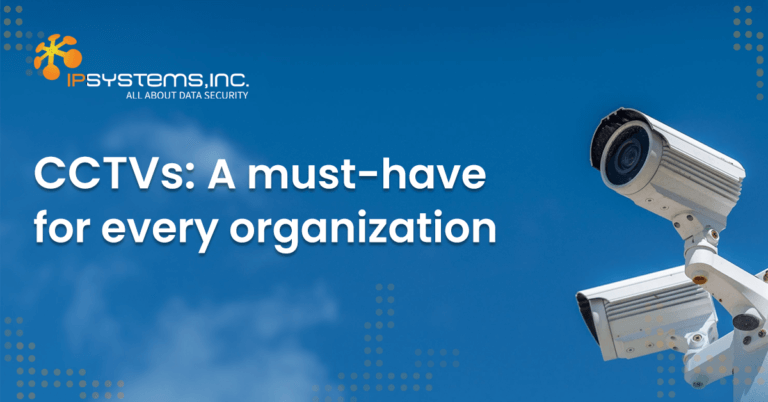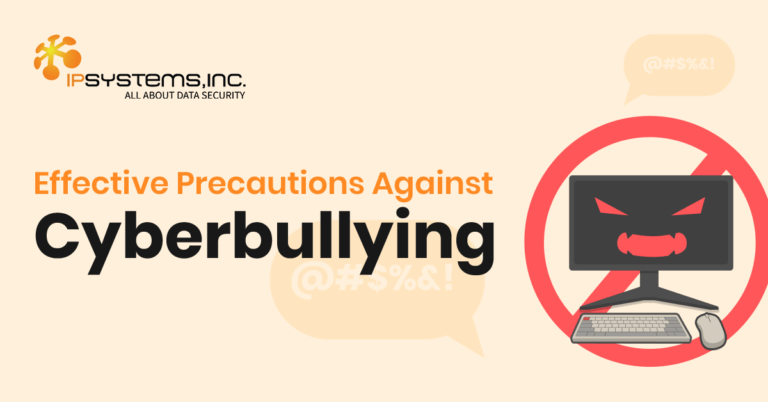
Innovating your Business with Green Data Centers
Blog: Innovating your Business with Green Data Centers Data centers are centralized facilities equipped with essential hardware like servers, storage devices, and networking equipment.
Cybersecurity has become a crucial element of the modern business enterprise. The reason is that the attendant information security risks are evolving as rapidly, if not faster than business IT needs and infrastructure. Combining all these makes a good case for a vulnerability assessment program to identify risks and vulnerabilities in applications, computer networks, hardware, systems, and other essential aspects of the IT ecosystem.
Vulnerability Assessments (VA) enable security teams to access vital information and analyze risks in perspective for possible remediation.
A stable and secure IT system is increasingly important in everyday life. As applications and systems adapt to changing business needs, there's a greater need to be aware of threats to the network environment. Vulnerability assessments are central to maintaining the security of the business environment.
Using vulnerability assessment affords the security team the ability to apply a clear, comprehensive, and consistent approach to identifying and resolving security threats and risks. It has multiple benefits for your organization:
So why would you need to perform vulnerability tests in your organization?
Scanning your network regularly reveals vulnerabilities in the critical systems shielding your organization from external threats. Doing this regularly ensures that your team is abreast of the latest hacker practices. It also helps ensure that your organization’s infrastructure is up to date.
Vendors regularly release patches, updates, and upgrades to firmware to remediate just-identified information or data security vulnerabilities. Scanning your external and internal network systems also sheds light on whether they are in the most recent changes or not.
Every vulnerability scan confirms that your company’s change in management processes have all critical patches installed. As you modify your systems to maximize operational efficiency and ease use, the harder it becomes to keep pace with changes from your organization’s IT vendors.
IT managed-service providers typically promise to deliver a certain level of support. But, it’s important to ensure they’re maintaining your systems relative to your contracts. When things seem to be going smoothly, it usually seems logical not to rock the boat.
However, a vulnerable system can run smoothly until someone locates the vulnerability and chooses to exploit it. Penetration testing, for instance, shows you what's broken. In addition, an independent assessment is excellent for checking if the managed-service firm is achieving agreed service levels and whether the threat protection of systems is exactly as the contract prescribes.
Data is the new oil, they say. For businesses in the Philippines and their customers are primarily concerned about how to protect data. Suppliers need to show a specific high level of risk awareness, and generally, businesses must show that protecting customer information is of primary concern. Regular pen testing using a tool such as SecPoint Penetrator can help achieve this.
Whether the customer base comprises businesses or individual consumers, periodic vulnerability assessments within a solid cybersecurity program are a competitive advantage for organizations.
The nucleus of vulnerability scanning is a vulnerability scanning tool. It should be able to perform several types of scans, including:
Here are a few salient considerations in choosing such an important piece of the entire IT infrastructure:
Vulnerability assessments should achieve three things:
This four-pronged goal enables risk managers to prioritize fixes within the context of the organization's risk profile. An excellent way to do vulnerability assessment is to significantly minimize your exposure to cyber threats while bolstering the foundational protection.
There are three stages worth identifying in the VA process. It includes:
This first phase of vulnerability assessment involves discovering and gathering information to understand the hardware and software in their environment fully.
There’s frequent scanning of the network to discover hosts. There’s also port scanning to pinpoint services and protocols that are possibly vulnerable. Finally, your IT team conducts a review of directory service and NS information to understand what hosts attackers might have targeted.
As soon as the discovery effort is complete to understand what hosts are present in the environment, a more thorough review and elimination process follows. It covers applications, operating systems, ports, protocols, and services to expose the actual attack surface vulnerable to attackers.
In this phase, it’s important to determine the version information of organizational assets, such as Windows 10, Win XP, SMB 3.1.1, or SMB 2.0. Later versions usually patch vulnerabilities while simultaneously introducing new ones.
Finally, the assessment stage detects actual vulnerabilities by using a detection tool or vulnerability repository such as the US National Vulnerability Database to learn about and identify vulnerabilities on enumerated assets. This process generates reports with ample information on risk.
The use of remediation tools completes the process by patching, configuring, or debugging assets as necessary to minimize or remove security risks due to vulnerabilities.
Vulnerability is abominable in business information systems. Therefore, security experts need to vet and interpret the outcomes of a vulnerability audit. Only then is it possible to determine what needs urgent attention and the next steps to prepare for a subsequent vulnerability assessment. IPSYSTEMS is a Philippine-based cybersecurity solutions provider that can guide you in choosing the best Vulnerability Assessment and Penetration Testing (VAPT) tools for your business.
While companies may struggle in finding a data backup solutions provider, businesses in the Philippines can leverage the services of IPSYSTEMS, a leading cybersecurity solutions provider in the country.



Blog: Innovating your Business with Green Data Centers Data centers are centralized facilities equipped with essential hardware like servers, storage devices, and networking equipment.

Blog: CCTVs: A must-have for every organization Nearly every business and organization, regardless of size, has already implemented CCTV Services within their premises because

Blog: Combating Bullying in Digital Classrooms: Empowering Students for a Safer Learning Environment Bullying is a pervasive issue that inflicts emotional, psychological, and physical

Established in 2007, IPSYSTEMS, Inc. is a trusted and valued cybersecurity and IT distributor in the Philippines. It has solutions specifically focused on IT Infrastructure Security, Secure Remote Access and Monitoring, and Email and Data Security.